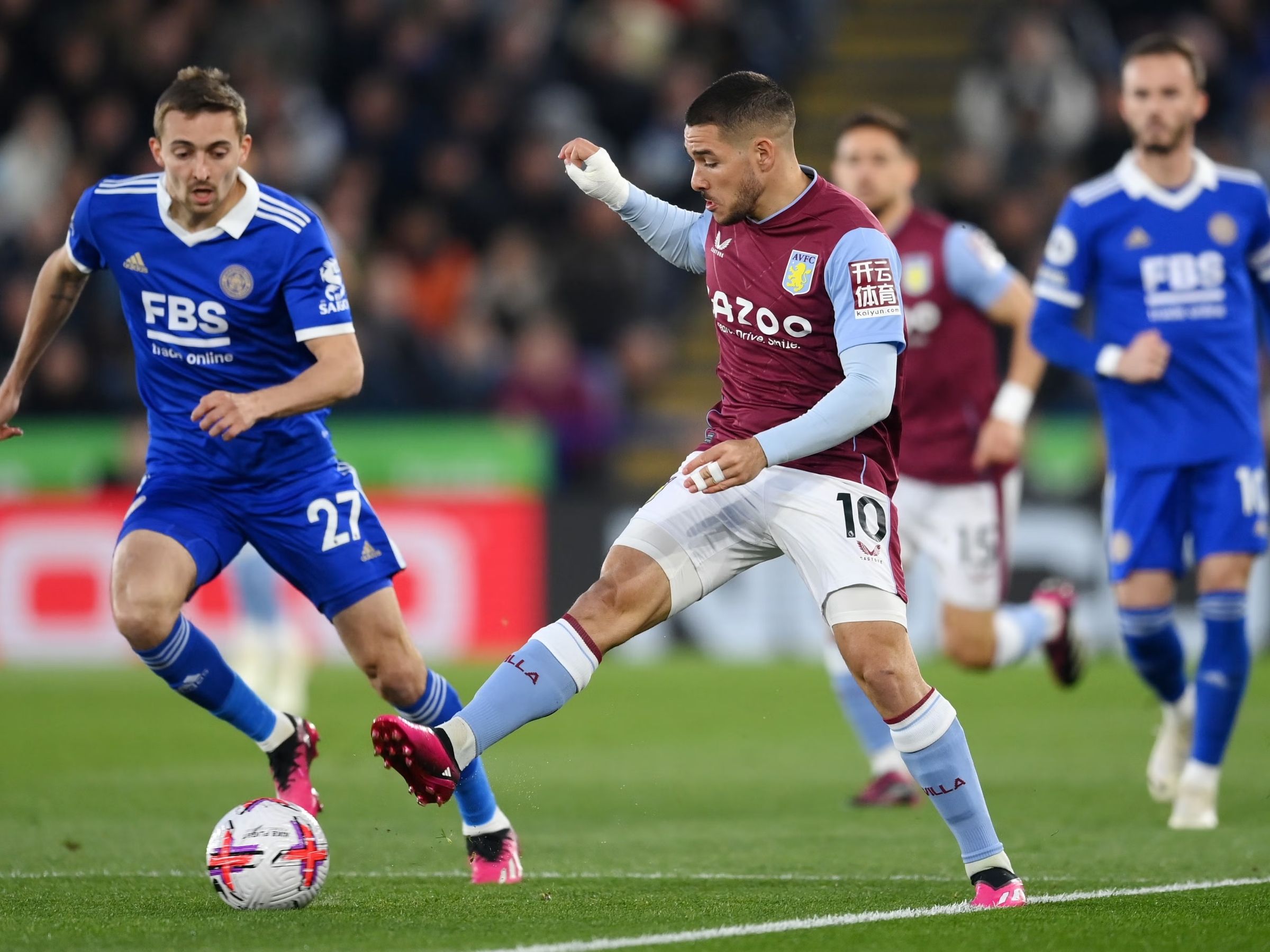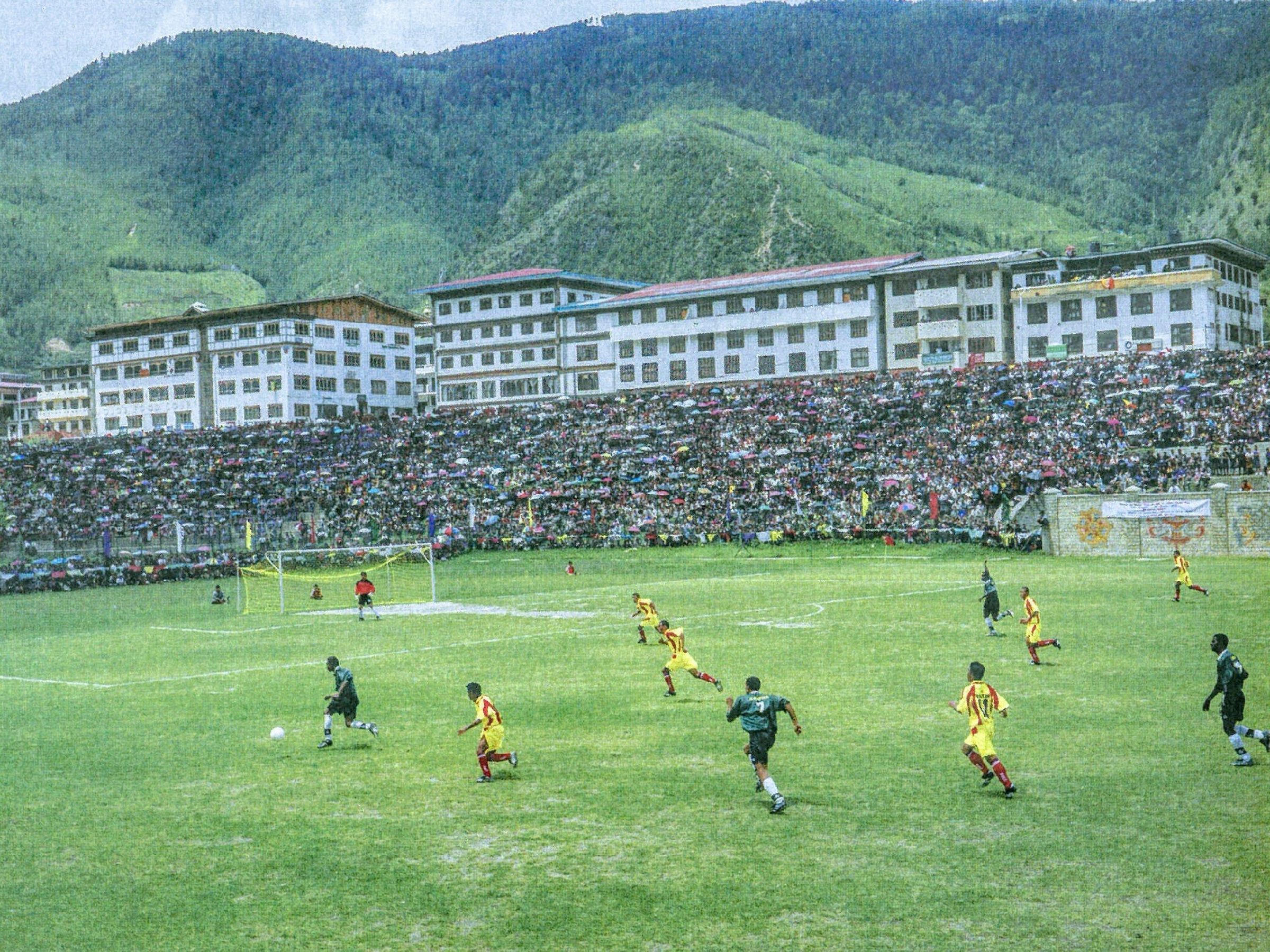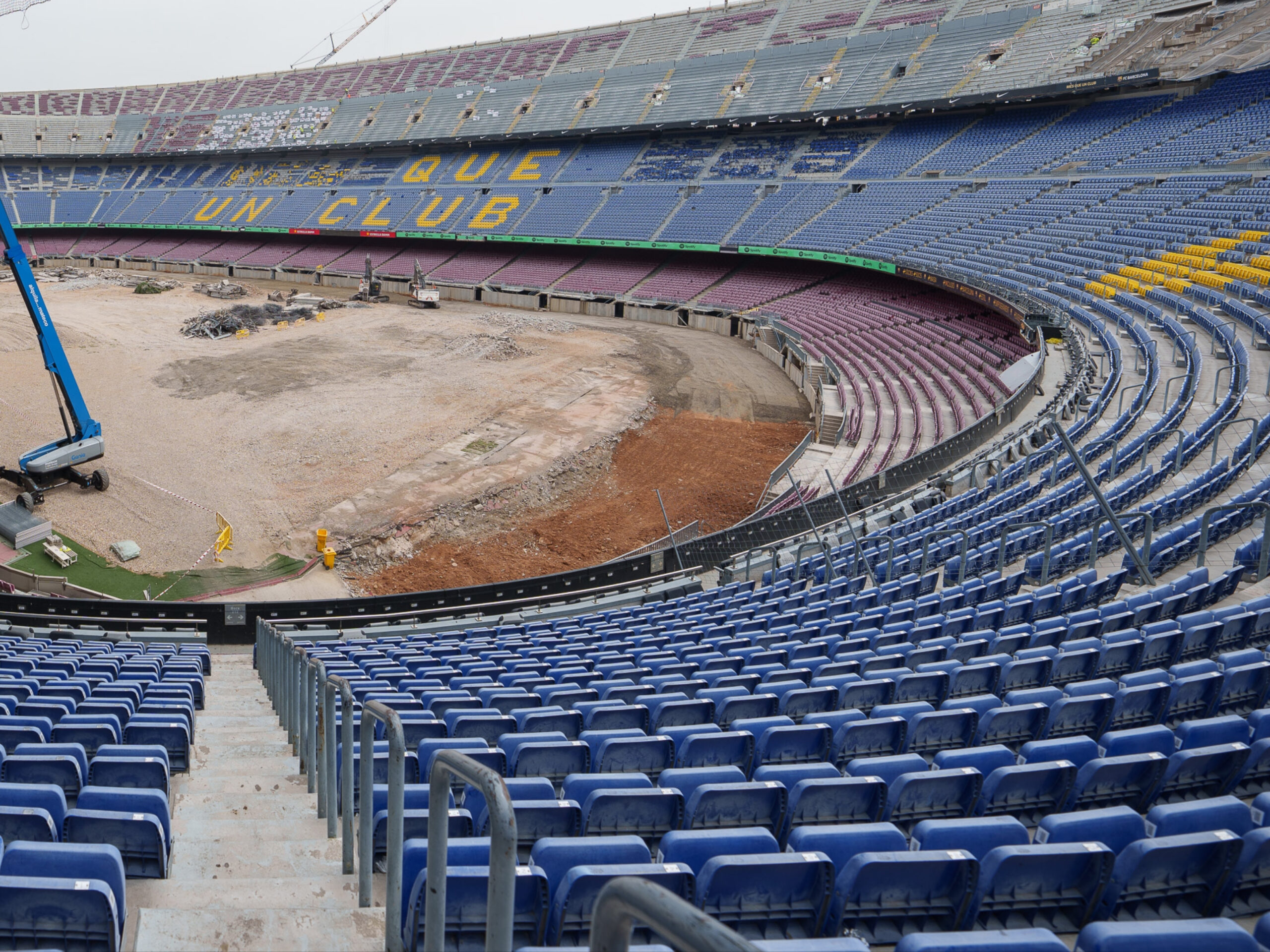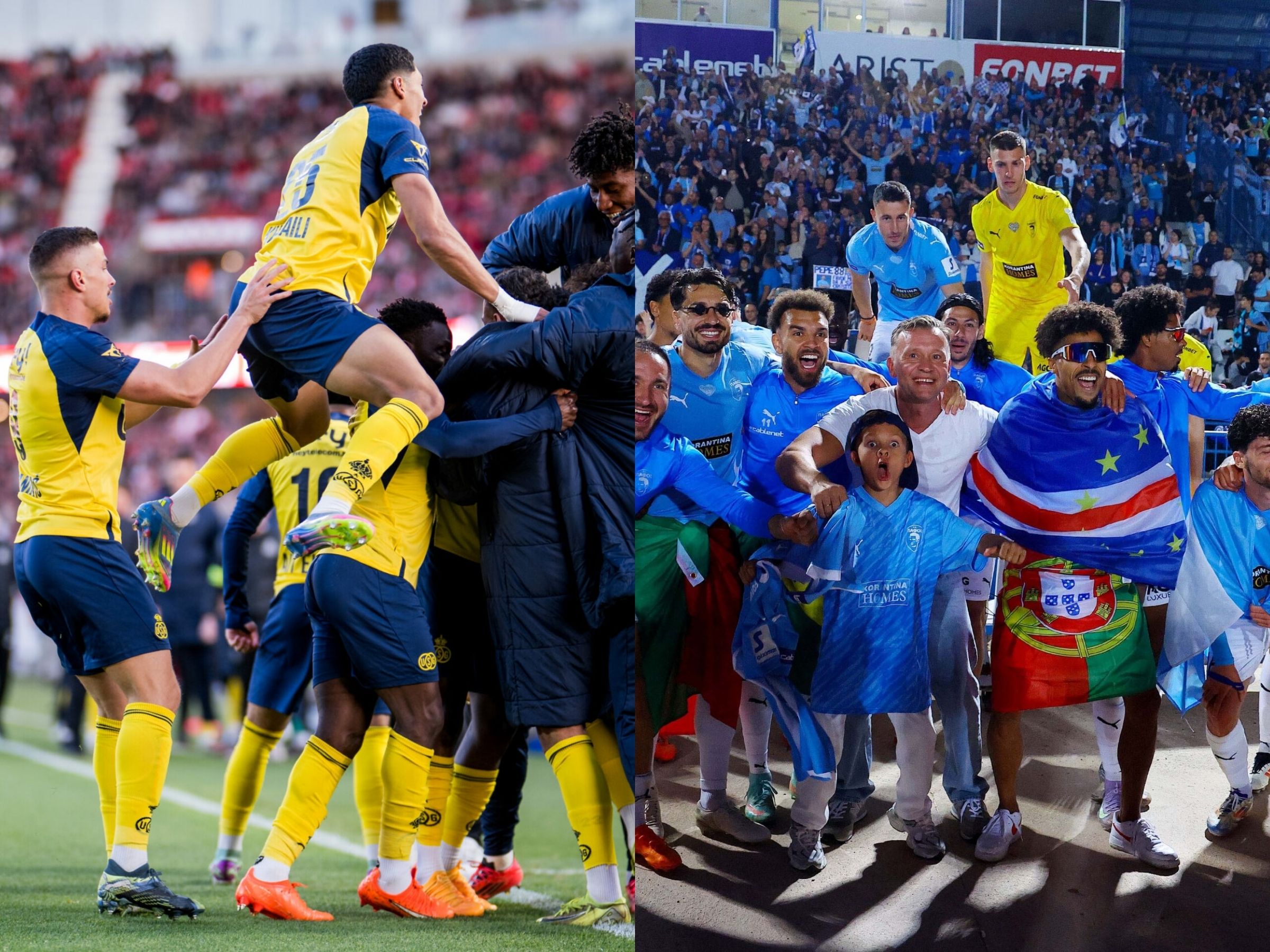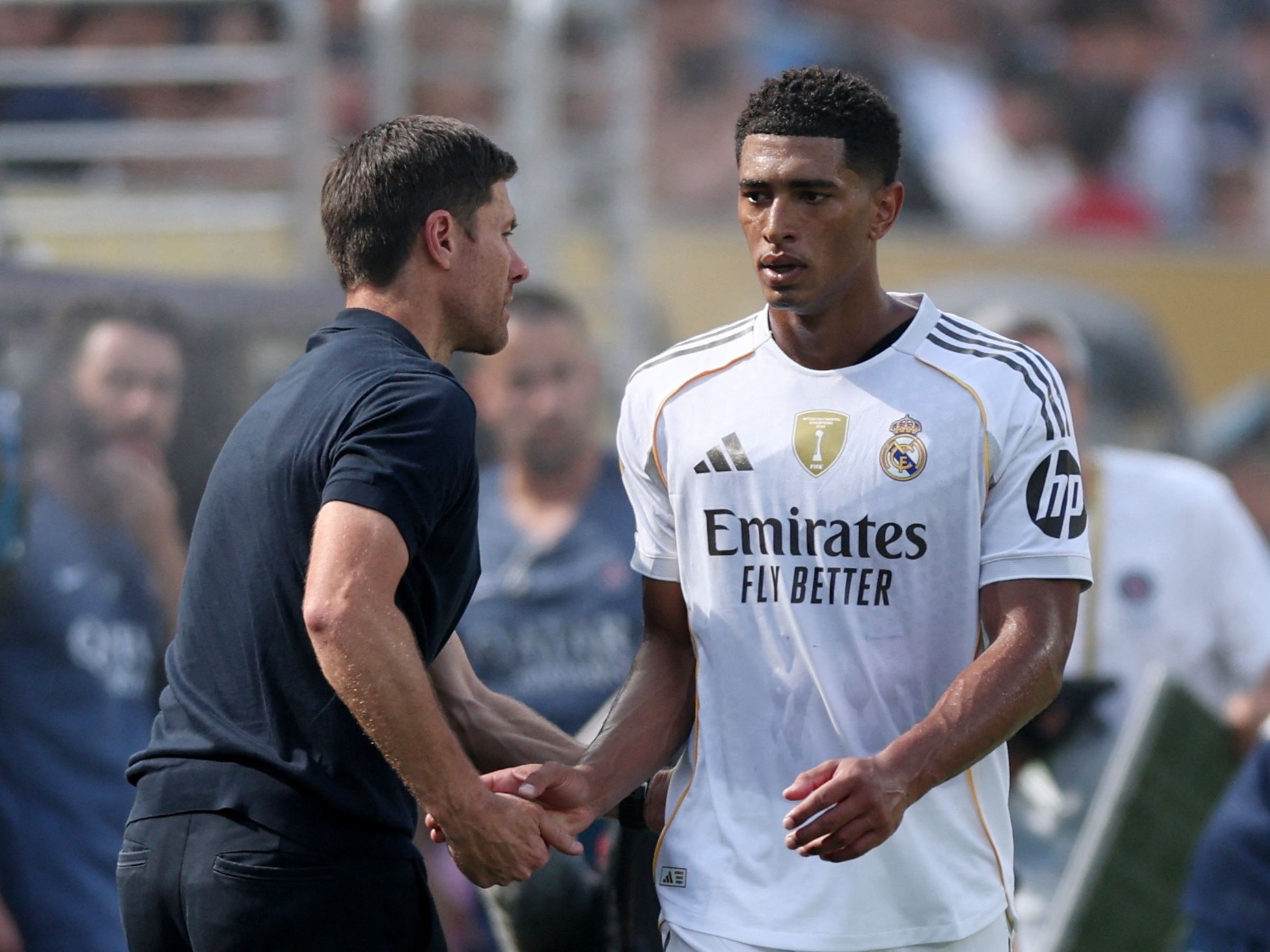
There’s no denying that India is a cricket-crazy country. No other sport comes close in popularity or draws as large a crowd as cricket does. However, many feel that this dominance hampers the growth of other sports—a concern recently highlighted by Indian football head coach Manolo Marquez in an interview.
The Indian Super League (ISL), one of the two top tiers of Indian football (the other being I-League), runs from October to March—coinciding with the buildup to the Indian Premier League (IPL), the biggest cricket tournament in the world.
Although never officially confirmed, the ISL is almost always expected to conclude before the IPL begins, ensuring the latter commands undivided attention. Broadcasters, sponsors, IPL team owners, and even most fans prefer a complete separation of the two in their schedules.
Marquez, however, is not a fan of this approach. “I hate it when told ISL must finish before IPL. A million more people will watch IPL, but that’s okay… keep going, don’t change the fixtures,” he told The Times of India.
Manolo Marquez 🗣️ : “l hate it when told ISL must finish before IPL. A million more people will watch IPL but that’s okay.. keep going, don’t change the fixtures.” [via TOI] #90ndstoppage
– ISL playoffs dates : March 29-30 (knockouts), April 2-3,6-7 (semis) 👀👏 pic.twitter.com/guhJzkaHTq
— 90ndstoppage (@90ndstoppage) January 31, 2025
But who is to blame for this?
The answer isn’t so simple. Directly pointing fingers at the country’s cricketing culture would be wrong. At the end of the day, it is the more played sport in India, and that is not something that should be forcibly changed.
In fact, the blame could be placed on the FSDL (Football Sports Development Limited), the commercial partner of the Indian Super League. Marquez’s concerns don’t stem from the fact that he wants to compete with cricket, but the fact that he wants longer football seasons.
Also the coach of FC Goa, Marquez, like many before, is concerned about how little the players play. The season in India lasts for around 5-6 months, following which most players go back to their homes, only to return for the Durand Cup games, which take place just before the start of the new campaign.
As one fan suggested on X (formerly Twitter), the ISL should begin a month earlier, so that players can play for longer. “First we should question to FSDL. What’s problem in starting ISL mid-August. Could have solve many problem of organising super Cup in parallel to ISL.”
First we should question to FSDL
What’s problem in starting ISL mid-AugustCould have solve many problem of organising super Cup in parallel to ISL
As ISL ends there is no football for straight 5-6 months from April to September
— क्रीडाप्रेमी (@Footbal21749076) January 31, 2025
In contrast, the bigger leagues in Europe, and even Asia, have proper seasons which feature at-least nine to ten months of footballing action. Competitive meaningful games to take part in.
Yes, this means more stress for the players but India cannot afford to lose out on game time in order to protect their players when others are catching up, and ahead.
The real challenge facing Indian football isn’t cricket’s dominance—it’s the structural issues within the sport itself. Take the national team, for instance. Igor Stimac’s men often find themselves struggling to arrange international friendlies during FIFA windows, partly because of the condensed domestic season. When other nations are building momentum through regular international matches, India frequently has to make do with hastily arranged fixtures or none at all.
This sporadic nature of competitive football extends beyond the national setup. The gap between seasons creates a peculiar situation where players essentially have a “second preseason” with the Durand Cup. While historic, this tournament often feels more like a warm-up competition than a serious trophy hunt, with teams still finding their rhythm after the long break.
The situation becomes more apparent when you look at player development. Young Indian footballers get significantly less game time compared to their counterparts in countries like Japan or South Korea, where football runs almost year-round. This isn’t just about matches—it’s about consistent training, tactical understanding, and building team chemistry, all of which suffer during the extended off-season.
The argument that cricket overshadows football also doesn’t hold up when you look at other Asian countries. Japan’s J-League thrives alongside baseball, their most popular sport. Similarly, South Korea has built a strong football culture while maintaining successful baseball and basketball leagues. The key difference? These countries have well-structured, year-round football calendars that prioritize player development and competitive matches.
What Indian football needs isn’t less cricket—it needs better planning. The FSDL could explore extending the season by introducing more cup competitions or expanding the league format. The success of the Super Cup in recent years shows there’s appetite for more football among fans, regardless of what other sports are on.
Moreover, the ISL’s current format actually undermines its own potential for growth. A longer season would give clubs more opportunities to build fan bases, develop youth players, and create sustainable business models. It would also allow for more meaningful partnerships with broadcasters and sponsors, who currently might hesitate to commit given the brief window of activation.
The path forward isn’t about competing with cricket—it’s about creating a football ecosystem that can stand on its own feet. This means addressing fundamental issues like infrastructure development, youth academies, and most importantly, providing players with enough competitive matches throughout the year to develop their skills properly.
As Marquez suggests, Indian football needs to chart its own course rather than planning around other sports. The focus should be on quality rather than timing, on development rather than avoidance. Only then can the sport hope to reach its full potential in a country that has shown it has enough room in its heart—and its calendar—for more than one beautiful game.
This year, the ISL and the IPL will coincide despite criticisms from some. The playoff begin on March 29th and end on April 7th. The IPL meanwhile, will begin on the 21st of March.

